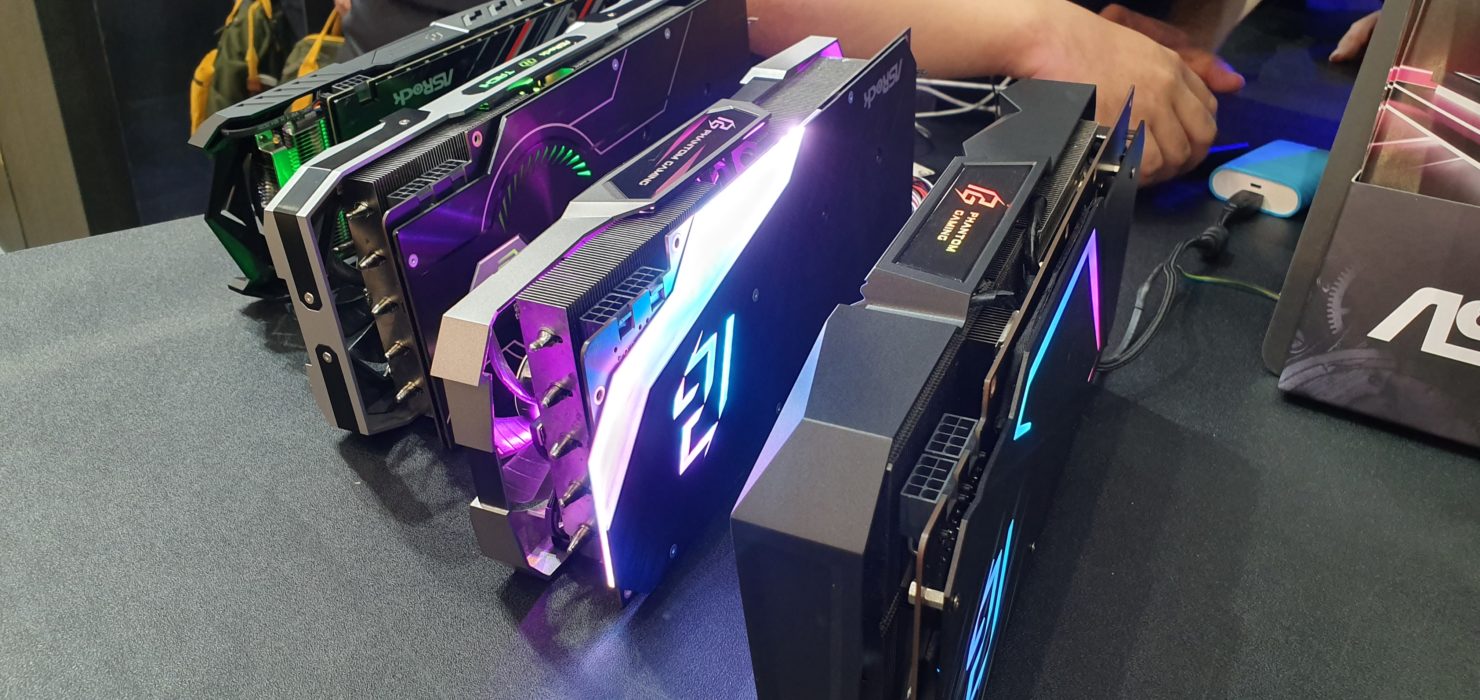New architectures have significantly higher costs and higher risks, they also tend to need a new smaller fabrication process due to the extra transistors required, and since new nodes are fewer and furhter apart and at higher costs it is cheaper and less risky to modify existing architectures.
Kepler to Maxwell to Pascal all had significant architectural changes though, big differences in cache design moving from texture cache to a unified cache and then better cache hierarchies. Scheduling changed significantly, and core configurations changed to reflect increases in compute workload and improve scaling. Turing i also nhas some major changes but likely smaller in effectiveness overall than previous generations.
Some of the Turing changes are listed here, which overall shows bigger architectural changes than vega to Navi GOING BY WHAT AMD HAVE STATED SO FAR. When reviewers get more details we may see more significant changes but as it stands Navi is to Vega what Turing is to Pascal, except Pascal added 2 completely new types of processing cores and technology (even if they aren't used much now)
https://www.anandtech.com/show/13282/nvidia-turing-architecture-deep-dive/4
Nvidia seem to want to wait until the 7nm+ EUV node before making a big architectural change and I suspect AMD has some of the same constraints. the 7nm+ is supposed to be much bigger change than you expect from the name, potentially bigger than going form the 16/14nm down to the current 7nm. That bigger improvement in transistor density, power and clock speeds is liekly deemed sufficient for big architectural changes requiring billions new transistors .



